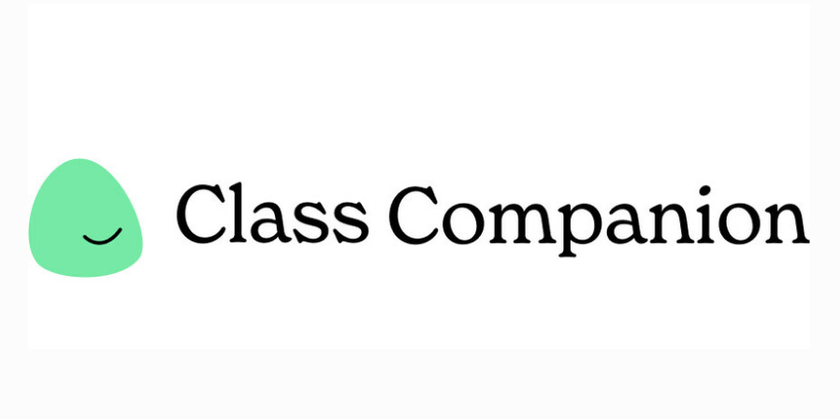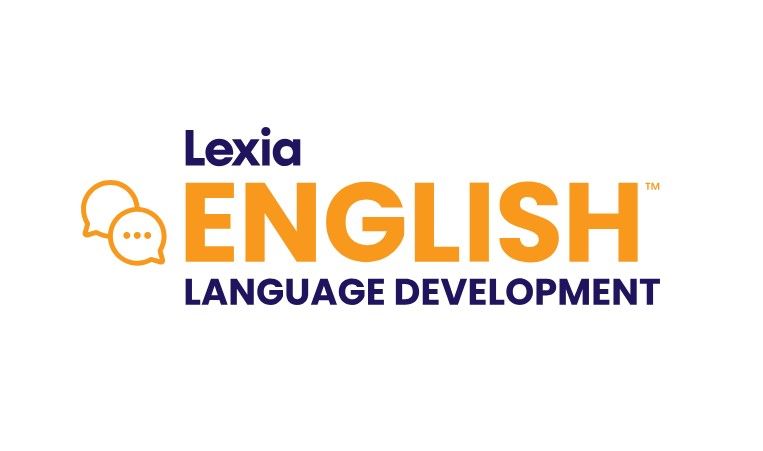HOW ADAPTIVE LEARNING REALLY WORKS
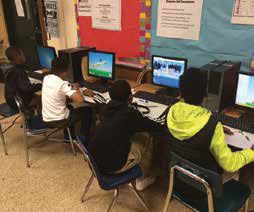
Adaptive learning in mathematics is the wave of the future,” says Spencer Hansen, principal of Centerville (UT) Junior High. Educators across the country are riding this wave into the future of learning—in math as well as in language arts and other subject areas. They’re finding that improved adaptive learning technologies offer unique benefits and options for learning, in addition to valuable data and efficiencies. This collection of success stories showcases schools and districts that are celebrating achievements gained through the efforts of dedicated staff implementing adaptive learning strategies.
ACADEMIC PRIDE AND PROGRESS
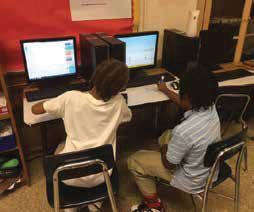
For Browne Education Campus, the impetus to embrace adaptive learning technologies came abruptly. When Browne (K–8) was named one of the District of Columbia Public Schools’ 40 lowest performing schools in 2012, Principal Andre Samuels and staff began working with Education Elements to assess, plan, and implement both solid PD and innovative adaptive learning strategies.
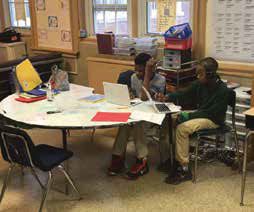
The results speak for themselves. In 2015–16, 81 percent of students met their end-of-year target of one or more years of growth. And according to Education Elements’ 2015–16 impact report, Browne’s “K–8 growth was equal to 151 percent of targeted growth, which means that students showed 50 percent more growth than average.”
A ONE-ROOM SCHOOLHOUSE IN EVERY CLASSROOM
Although these are impressive numbers, for Samuels and staff they are only the beginning—and an encouragement to continue vetting, piloting, and reassessing programs and instructional models to determine which work best for which students. As class lead and math department chair Brandon Johnson emphasizes, asking the key questions each year to make instruction even better is critical, as is monitoring and determining how best to use the available real-time data. Marcia Cole, technology instructional coach and blended learning department chair, notes that it takes time to build this mindset shift.
Cole likens their context to a “one-room schoolhouse, where on any given day you have K–6 in any classroom.” With such a diverse body of learners it’s a challenge, she says, “to provide quality instruction and ensure achievement and equity.” Johnson agrees. “Engaging 17 students between the first-and fifth-grade levels with content in a short time” is a monumental task.
DATA PRIDE
But Johnson has seen equally monumental growth in his students as they’ve used adaptive learning technologies. In addition to end-of-year data showing that they improved one grade level or more, he witnessed a shift between September and November as students became more comfortable with their new autonomy. He watched them begin to take risks and speak out as they grew into independent learners able to assess their learning and what they needed to do to grow. An interactive data wall in his classroom, where students can update their progress after each adaptive learning session, fosters healthy competition and student pride.
This sense of pride extends throughout the school. Even first graders approach Cole in the hallways, eager to share their i-Ready scores or their Lexia levels. While this knowledge of their data is indicative of both efficacy and engagement, Cole says, it’s also a challenge “not to be overly focused on what adaptive technology says about you as an overall student.” While adaptive learning is only one ingredient in Browne’s remarkable revitalization, technology, combined with strong leadership support and effective teaching, is playing a part as their story unfolds.
TOOLS THEY USE
BROWNE
► Achieve3000
► Blendspace
► Discovery Education
► EduCanon
► Educreations
► GoFormative
► i-Ready (including Teacher Toolbox)
► Lexia
► Nearpod
► Read 180
► Reflex Math
► Spelling City
► System 44
► Zearn Math
EFFECTIVE INSTRUCTION + ADAPTIVE LEARNING TECHNOLOGY = SUCCESS
At Centerville Junior High (CJH), part of the Davis (UT) School District east of the Great Salt Lake, nearly a thousand students in grades 7–9 enjoy access to computer and iPad labs and laptops, and they will soon have Chromebooks to complement their learning as well. Principal Spencer Hansen says that an annual review of their five-year Comprehensive Technology Integration Plan enables them to remain flexible in response to rapid changes in edtech.
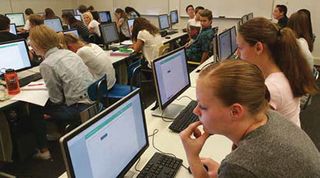
One of the ways CJH is implementing adaptive learning technology is through the use of ALEKS, an online tutoring and assessment program, to supplement math instruction. All math teachers have used ALEKS weekly since 2014, and assistant principal Cheryl Mays says the school also uses the program in their credit recovery program and has secured licenses so students can practice and learn new math skills over the summer.
With its initial knowledge checks, individualized learning paths, and topics, “which are like individual modules that break down skills and concepts into smaller chunks that students are able to work through in order to relearn,” math department chair Bill McKay says that ALEKS “has actually made adaptive learning extremely easy.” To do what the program does—to evaluate individual student data, gather curriculum for each student’s needs, assess, and repeat in a continuous cycle—would be time-consuming and untenable. Students are clearly engaged, as well. “All of my students spend time outside of class working in the program,” McKay says.
REMEDIATION, ACCELERATION, AND RETENTION
Anyone who’s been a student can identify with the sinking feeling of falling behind. Often students who are behind in math don’t even try, McKay says, “because they don’t understand the preliminary steps … They then shut down and try to fly under the radar hoping nobody notices.” But with the adaptive program, he says, “students feel they are given something they can actually figure out,” and they can build confidence as they ask questions, try again, and receive immediate feedback.
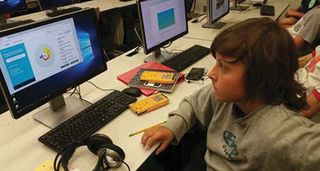
At the other end of the spectrum, teacher Jeffrey Wilkinson explains, the program enables advanced students to work ahead. “Then,” Wilkinson says, “when we get to those topics as a class later on, I already have a handful of kids in the class that know what to do and they can support the others.” Teacher Markie Broderick also notes that, because students can choose to work on topics in any order, a lot of the time they will be reviewing and so they “retain information better because they are able to get a spiral review.”
McKay credits the program with playing “a large part in how our students have improved with their end-of-year testing,” and Hansen affirms that “adaptive learning in mathematics is the wave of the future.”
TOOLS THEY USE
CJH
► ALEKS
► Chromebooks
► HMH “Collections” eTextbook
► Holt McDougal online history texts
► iPads
► Laptops
► Safari Montage
► TED Talks
► Utah Compose
BUILDING A BRIGHTER FUTURE
PUTTING THE DISTRICT ON A DIET
When Sancha Gray took on her new responsibilities as director of curriculum and instruction at Asbury Park (NJ) School District (APSD) in 2014, she inherited lots of deficiencies in this high-poverty district—and lots of intervention programs as well.
Gray likens the challenge to dieting. “If you try to do the Atkins and the South Beach diets at the same time and introduce carbs in the induction phase of Atkins, you won’t lose weight,” she says. In the same way, using pieces of different programs across the district was ineffective. With over 75 percent of students below grade level, and with these deficiencies compounding annually, APSD needed to stop the hemorrhaging immediately.
So the district decided on a one-program diet. They chose Houghton Mifflin Harcourt (HMH)—based on Gray’s previous experience with the solid, research-based product as well as on her meeting with their sales rep.
Read 180 was one of APSD’s umpteen programs, and the sales rep told Gray, “We won’t support you any more with PD.” Taken aback by this brazen statement, Gray listened. “You’re not using it,” the rep continued. “Tell me what we need to do to get you to use it.” The district now uses HMH’s full suite of products and support services.
SWIMMING, READING, AND ADULT LITERACY TOO
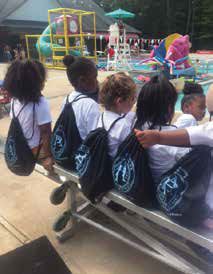
Asbury Park began by launching a comprehensive literacy initiative for Pre-K–12. An adult literacy component aims to close yet another loop for families. Gray’s enthusiasm is infectious as she describes some of the district’s new initiatives, including a successful Pre-K summer program combining swimming lessons with engaging academic instruction. In this shore community, Gray says, “Our superintendent believes our students should know how to swim—particularly in light of the fact that the incidences of drowning are higher in Black and Hispanic communities.”
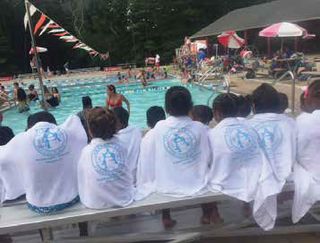
In addition, following a successful pilot, APSD is introducing a comprehensive math program this year and is also piloting a comprehensive technology initiative, with a view to introducing devices district-wide next year. The method makes sense—having used the programs successfully for two years, with solid PD support, teachers will have the confidence and curiosity to explore further learning possibilities in their classrooms with their new devices.
A WONDERFUL PROBLEM
Gray is cautious as she shares evidence of success, and she emphasizes the importance of accessing multiple data points. She says the work is “yielding positive results because of the relationships being fostered through rich, qualitative feedback during our stakeholder focus group meetings.” In one school in an area of town with the highest poverty and crime levels, 99 percent of kindergarten students are entering first grade ready for first-grade content. On one unannounced visit to a classroom in this school, Gray and Superintendent Lamont Repollet were “dumbfounded” by the rich, thoughtful student-to-student discourse.
Another sign of success is the “wonderful problem” that teachers now need to use adaptive learning programs not only for remediation but also for teaching students ready for on-grade-level content. Focusing on PD so that building principals are instructional leaders is also key, Gray says.
So it’s back to the dieting analogy—rapid weight loss is not sustainable, and neither are rapid results at the expense of solid learning and PD, but Gray is confident that with a steady diet of hope and opportunity all students will have a brighter future.
TOOLS THEY USE
APSD
► Houghton Mifflin Harcourt’s full suite of programs, including:
► Big Day
► iRead
► System 44
► Read 180
► English 3D
► Collections
► Math 180
DREAMS CAN COME TRUE
100% NEED, 100% SUCCESS
In some ways, Seatack Elementary, An Achievable Dream Academy in Virginia Beach (VA), is like many other schools across the nation. They’re 1:1, and students use a variety of devices and programs to enhance learning. Seatack has a dedicated instructional technology specialist and SMART Boards in each classroom. Instructional staff are able to be responsive to student data because of the training they’ve received in programs like Velocity, TenMarks, and Achieve3000.
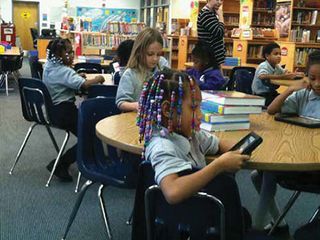
But 100 percent of Seatack students qualify for free or reduced lunch, 83 percent live in single-parent households, and 9 percent live in no-parent (guardian-led) households. Seatack Elementary is one of three An Achievable Dream Academies (AADA) in Virginia. Through unique public/private partnerships and a steadfast belief “that all children can learn and succeed and that education can break the cycle of poverty,” these schools translate dreams into a powerful reality with a 100 percent on-time graduation rate.
GETTING UP TO SPEED WITH VELOCITY
Lee Vreeland, vice president of academics, gives two examples of how adaptive learning has helped make a difference for Seatack students. First, their third-grade classes were the beta testers for Velocity last year. Vreeland says that teachers “quickly saw the potential for the program in the way it guides the students through their work,” providing scaffolds “in the forms of instructional videos, mental models for attacking a problem, hints and tips, and instant feedback.” In addition, with the option of personalized instruction for each student, teachers can work “individually or in small groups with other students who need guided teacher intervention.”
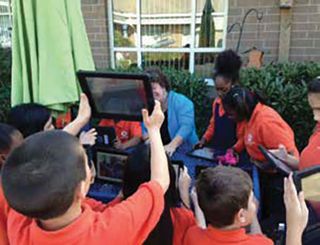
Second, using Google Classroom for collaboration has helped students to take ownership of their learning in new ways. Small groups of Seatack third graders, for example, gathered information about simple machines, took pictures, and shared what they’d found with the class. “This allowed for the students to be the facilitators in the activity and for the teacher to be a guide and offer assistance when it was needed,” Vreeland says.
Securing buy-in from leaders by showing them the education-enhancing potential of these programs, Vreeland says, as well as being deliberate in terms of expectations and planning implementation and monitoring usage and progress, are all key to success.
Adaptive learning programs are embedded into the daily schedule at Seatack and also into extended-day classes. Providing access to technology and personalized learning is one part of helping these students achieve their dreams.
TOOLS THEY USE
SEATACK ELEMENTARY
► Achieve3000
► BookFlix
► BrainPOP
► ConnectED
► Core Clicks
► Davis Digital
► Discovery Education Science Techbook
► FASTT Math
► Fraction Nation
► GAFE
► Imagine Learning
► National Geographic Kids
► NBC Learn
► PebbleGo
► Reflex
► Seesaw
► SmartyAnts
► Storia
► TenMarks
► TumbleBooks
► Velocity
► Wixie
Tech & Learning Newsletter
Tools and ideas to transform education. Sign up below.


